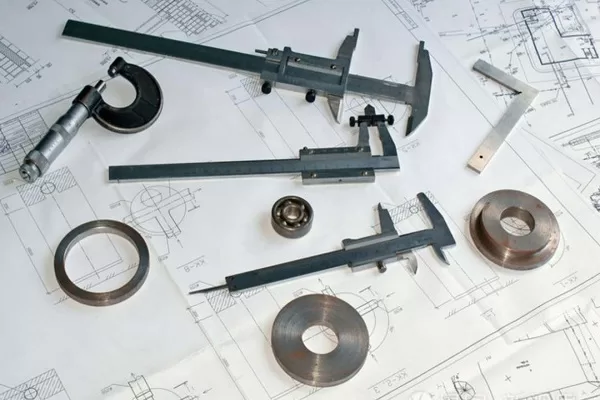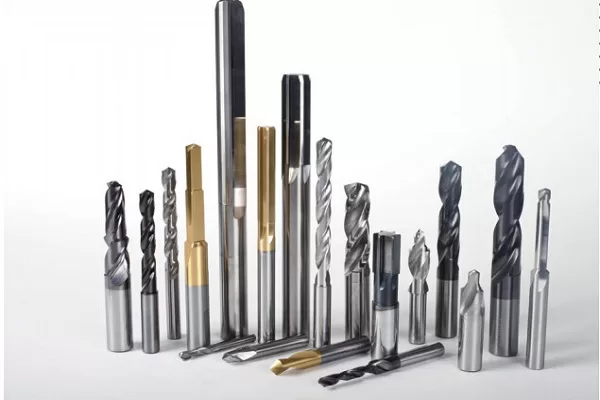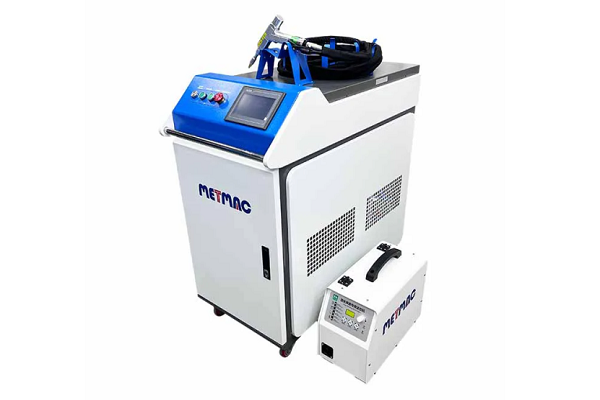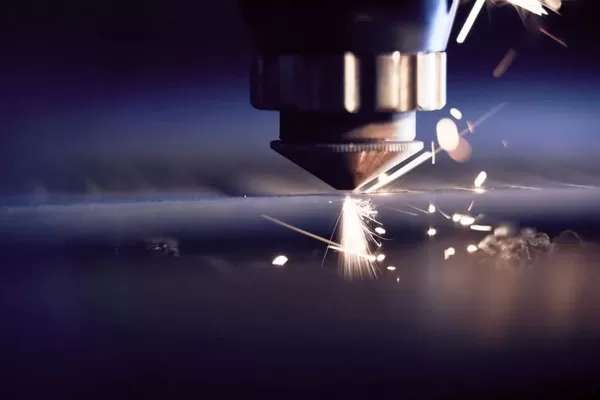
Step-by-Step Guide- Using a Sheet Metal Cutting Machine
- By:Metmac
- 2024-07-26
- 31
A Comprehensive Guide to Operating a Sheet Metal Cutting Machine: A Step-by-Step Approach
Introduction
The sheet metal cutting machine, a versatile and indispensable tool in metalworking, empowers users to transform sheet metal into intricate shapes and components with precision and efficiency. This step-by-step guide demystifies the operation of this powerful machine, providing a comprehensive overview of its components, safety precautions, and cutting techniques.
1. Essential Components and Functions
– Cutting head: The focal point of the machine, the cutting head houses the cutting blade or laser beam that severs the sheet metal.
– Cutting table: A sturdy surface on which the sheet metal is placed during cutting, ensuring stability and preventing deformation.
– Control panel: The user interface for operating the machine, displaying cutting parameters and allowing for program selection.
– Power source: Typically electric or hydraulic, supplying energy to operate the cutting head and move the machine components.
2. Safety First: Essential Precautions
– Wear appropriate protective gear: Eye protection, gloves, and hearing protection are vital to minimize risks.
– Secure the workpiece: Clamp or bolt the sheet metal securely to the cutting table to prevent movement and potential injury.
– Maintain a clean work area: Remove any debris or obstacles that could interfere with the cutting process or pose tripping hazards.
– Attend to the machine attentively: Never leave the machine unattended while it is operating to prevent accidents.
3. Selecting the Right Cutting Technique
– Plasma cutting: Using an ionized gas stream as a cutting medium, plasma cutting offers high-speed, clean cuts with minimal heat distortion.
– Laser cutting: Employs a focused laser beam to melt and vaporize the metal, resulting in extremely precise and burr-free cuts.
– Waterjet cutting: Utilizes a high-pressure water jet to cut through metal without the generation of heat, making it ideal for sensitive materials.
4. Setting Cutting Parameters
– Material type: Select the appropriate cutting parameters based on the type of metal being cut, maximizing efficiency and cut quality.
– Sheet thickness: Adjust the cutting parameters according to the thickness of the sheet metal to ensure optimal cutting depth.
– Cutting speed: Determine the optimal cutting speed to balance cut quality with efficiency, avoiding excessive heat buildup or slow cutting times.
5. Cutting Operations
– Program the machine: Input the desired cutting pattern or design into the machine’s control panel.
– Position the sheet metal: Place the sheet metal securely on the cutting table and align it according to the programmed cutting path.
– Start the cutting process: Engage the cutting head and monitor the cutting progress, adjusting parameters as necessary.
– Deburr and inspect: Remove any burrs or rough edges from the cut metal and inspect the cut for accuracy and integrity.
6. Maintenance and Troubleshooting
– Regular maintenance: Regularly clean and inspect the machine to ensure optimal performance and longevity.
– Troubleshooting: Consult the operator’s manual for guidance on troubleshooting common errors or malfunctions.
– Seek professional assistance: If troubleshooting fails, contact a qualified technician for professional servicing.
By following these steps and adhering to the safety guidelines, operators can harness the power of a sheet metal cutting machine to create precise, high-quality metal components, empowering them to unlock their creativity and productivity in metalworking projects.
-
The Advantages of Using a Sheet Roll Forming Machine in Manufacturing
2024/09/14 -
How to Optimize Your Laser Sheet Cutting Machine for Maximum Performance
2024/09/12 -
How to Maximize Efficiency with Modern Sheet Metal Working Machines
2024/09/04 -
The Environmental Benefits of Using Duct Board Grooving Machines
2024/09/03
-
Innovative Techniques in Sheet Metal Folding- Enhancing Precision and Quality
2024/11/06 -
A Comprehensive Guide to Operating and Maintaining Your Sheet Metal Folding Machine
2024/11/05 -
Maximizing Efficiency- How a Sheet Metal Folding Machine Transforms Your Fabrication Process
2024/11/04 -
How to Choose the Right Metal Punching Machine for Your Needs
2024/11/01



